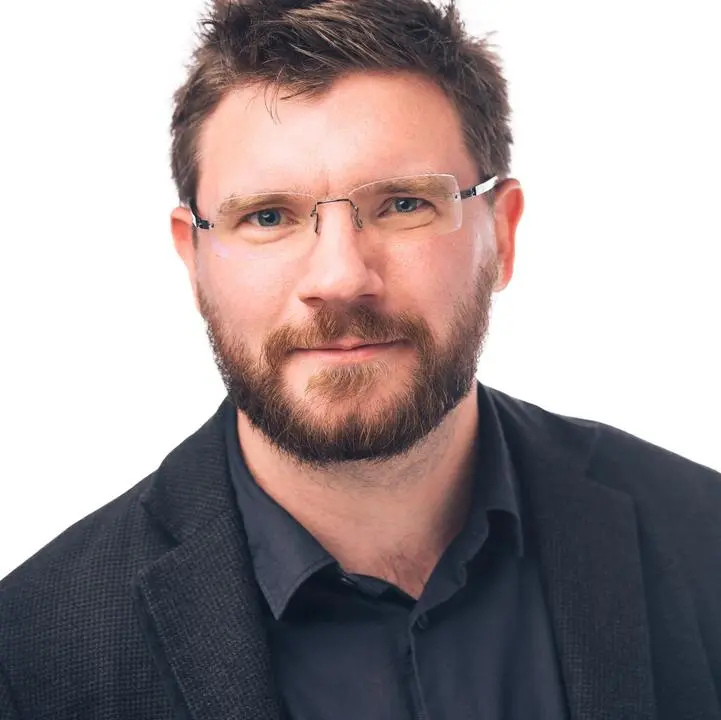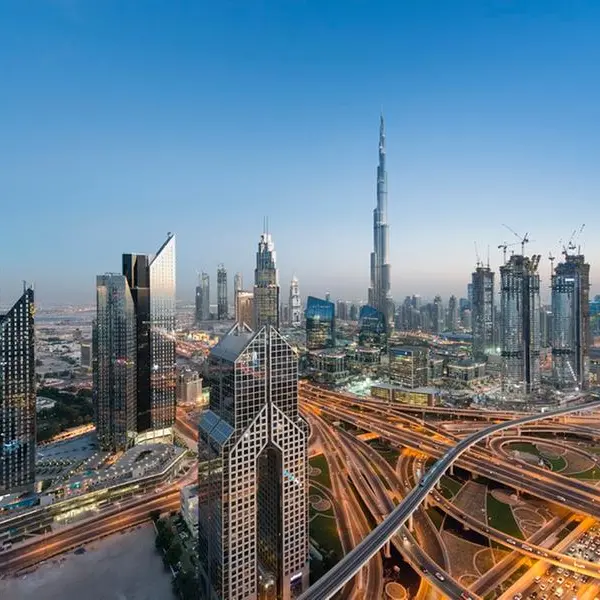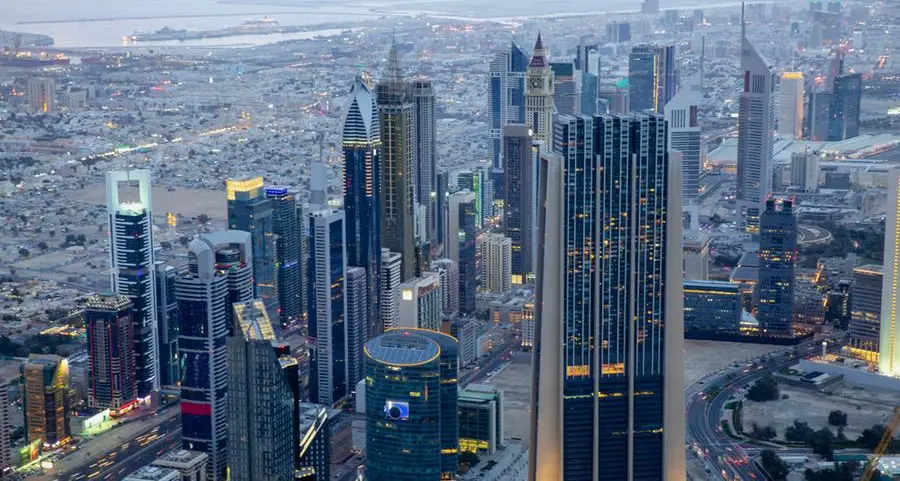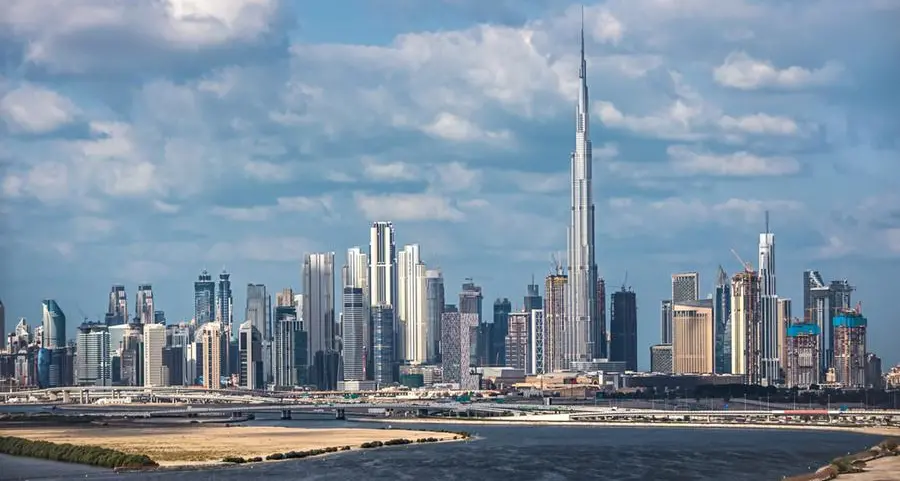New whitepaper from Danfoss, the Danish family-controlled engineering group, published as COP27 kicks off highlights the urgent action to address the growing demand for energy. Danfoss President & CEO Kim Fausing says the build-out of renewables will not be even near sufficient if we don’t curb our demand for energy.
The whitepaper is published as world leaders meet in Egypt for the COP27, offering practical policy recommendations for urgent action that political, corporate and community leaders must consider before, during and after COP27.
The new whitepaper refers to the drastic acceleration in demand for cooling in the Global South as a case in point.
Kim Fausing says: “The world, particularly Europe, is following a one-sided approach to the energy crisis, focusing solely on the supply of energy, not enough on demand. For every dollar spent on energy efficiency, we can avoid spending more than 2 dollars on energy supply. The technology is available, and energy efficiency solutions can be used today across all sectors. If we don’t act now to address the growing demand for energy it will be extremely difficult and more expensive to meet the Paris Agreement goal of staying below 1.5 degrees warming.“
Danfoss, which has been operating in Egypt for 40 years and has recently opened an office in Cairo, is present at COP27.
“Globally, Danfoss has been introducing innovative solutions to the world since 1933 and to Egypt for the past 40 years. Every Danfoss product has energy-saving capabilities and adheres to energy-efficiency standards as a priority,” says Dalia Hosny, Egypt Country Manager at Danfoss.
“As a part of Danfoss’ support for Egypt's Green Restart initiative, which included contributing to multiple successful projects, we are extending our commitment to Egypt as one of the pioneering countries in the region, promoting sustainability. With our newly opened office in Egypt, we will work on doing our part in turning Egypt's Vision 2030 into a reality,” Dalia Hosny added.
Need for urgent focus on demand side
The whitepaper, titled ‘The neglected demand side of the green equation’, delves into the details of how energy efficiency is an enabler of electrification. To reach net zero, experts agree that we must substitute fossil energy with renewable sources and electrify everything across all sectors.
However, to grow the role of electricity in the energy mix it is a fundamental, yet overlooked, fact that we need to reduce energy demand first.
The world’s buildings, infrastructure, transport networks and vehicles continue to operate with great inefficiencies, wasting energy and heat on a grand scale. This new whitepaper tackles this problem head on by providing clear and practical policy recommendations for fixing the currently unbalanced equation, and by highlighting the key data and figures that should inform collective decision making on these issues. For example:
- Energy efficiency solutions, if deployed on a global scale, can take the world one third of the way towards Net Zero (according to IEA)
- For every dollar spent on energy efficiency, we can avoid spending more than 2 dollars on energy supply
- In the IEA’s net zero scenario, by 2030 the global population will grow by 750 million people and the economy will be 40% larger than today, but final energy demand will need to be 5% lower
- Cooling is a global blind spot in climate change mitigation. As economies grow and adapt to a warmer climate, especially in the Global South, growing demand for cooling has the potential to drive one of the most substantial increases in greenhouse gas emissions we have ever seen.
- Policymakers must urgently deploy solutions to reduce energy waste and electrify transport, industries, and buildings.
- For households alone, enhanced efficiency and related avoided energy demand could help contribute to reducing global household energy bills by at least USD 650 billion a year by 2030 in the net zero scenario.
- Adding to this, higher investments to achieve these energy savings can support an extra 10 million jobs by 2030 in efficiency-related fields such as new construction and building retrofits, manufacturing and transport infrastructure.
Kim Fausing urges world leaders to implement the recommendations from the whitepaper into their climate plans:
“In short, if we don’t curb our demand for energy, the build-out of renewables will not be even near sufficient. We simply will not have enough green energy to meet the demands of a growing population. One overlooked fact is that renewable energy comes in peaks and is used in peaks. Energy efficiency allows us to shave these peaks, for instance by reusing the excess heat from industries, supermarkets and data centers to heat our homes. Energy efficiency is fundamental for a full electrification of our society."
Despite recent encouraging measures being taken in the EU, the current investment levels in energy efficiency are far from enough to meet our global climate goals. Governments have made headlines with mid-century targets but to a large extent failed to implement the immediate solutions we have at hand. As US President Biden said in Glasgow, the eye of history is watching. It’s time to step up, act and enshrine minimum energy efficiency requirements into law. The greenest energy is the energy you don’t use, but in the current energy crisis, it’s also by far the cheapest, and it’s imperative if we want to meet the Paris Agreement goal. “
-Ends-
About Danfoss A/S:
Danfoss engineers solutions that increase machine productivity, reduce emissions, lower energy consumption, and enable electrification. Our solutions are used in such areas as refrigeration, air conditioning, heating, power conversion, motor control, industrial machinery, automotive, marine, and off- and on-highway equipment. We also provide solutions for renewable energy, such as solar and wind power, as well as district-energy infrastructure for cities. Our innovative engineering dates back to 1933. Danfoss is family-owned, employing more than 40,000 people, serving customers in more than 100 countries through a global footprint of 95 factories.










